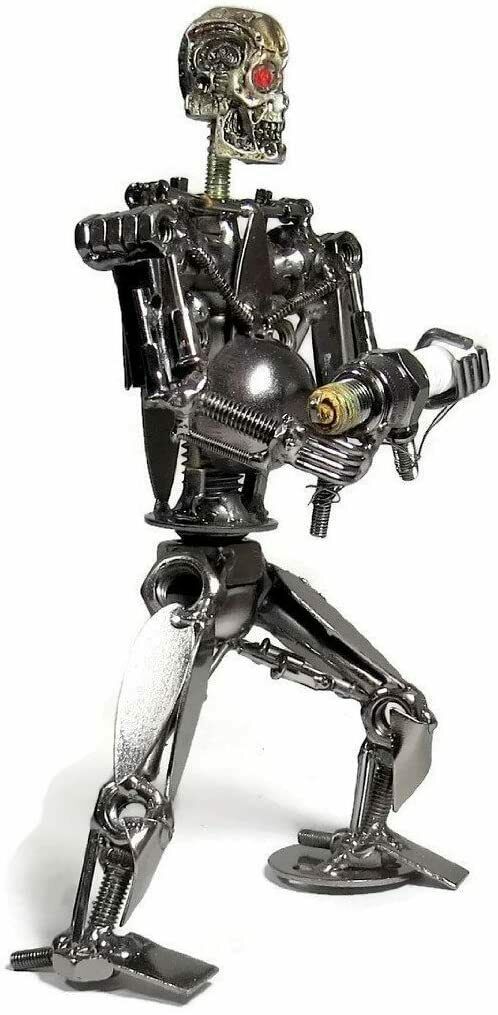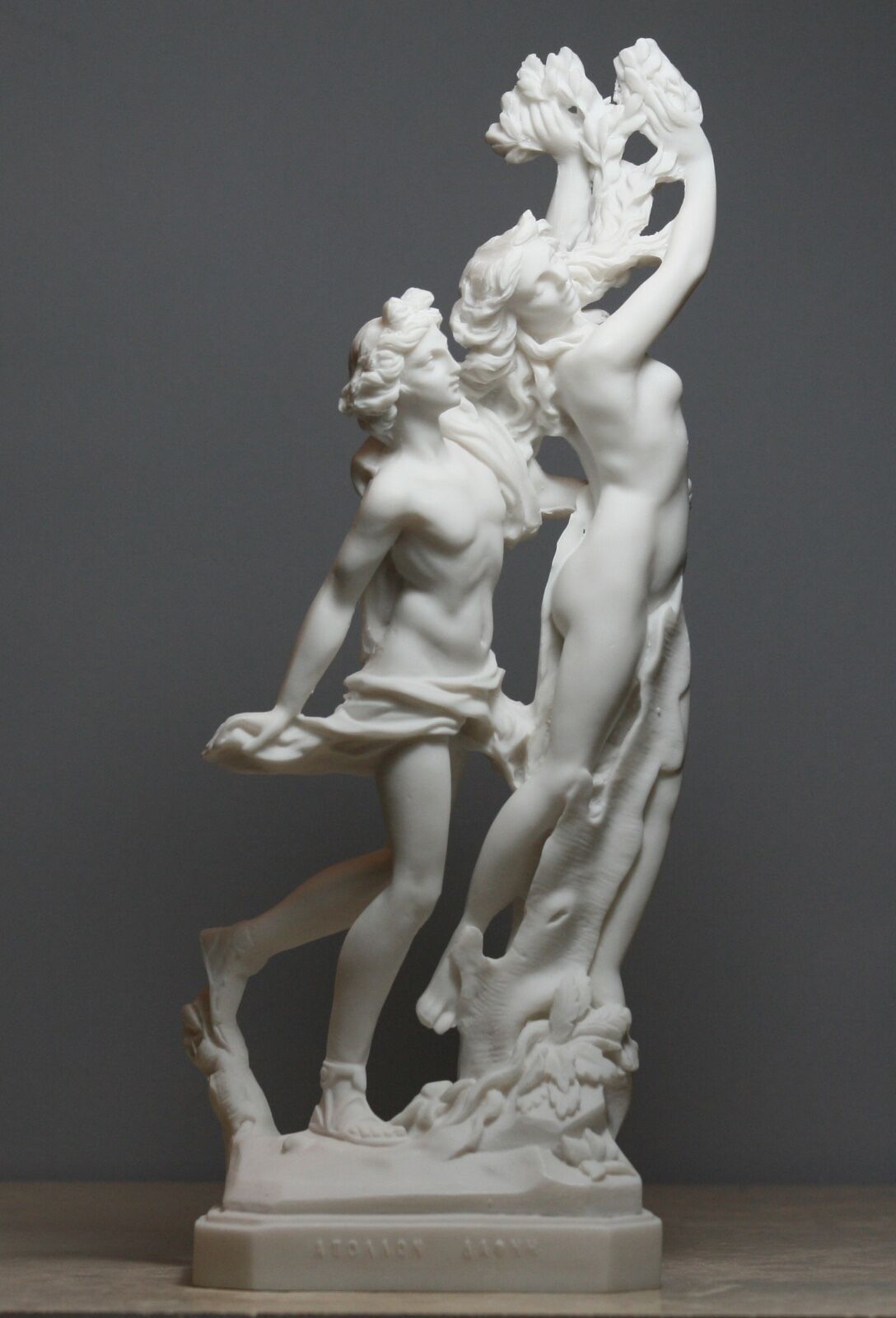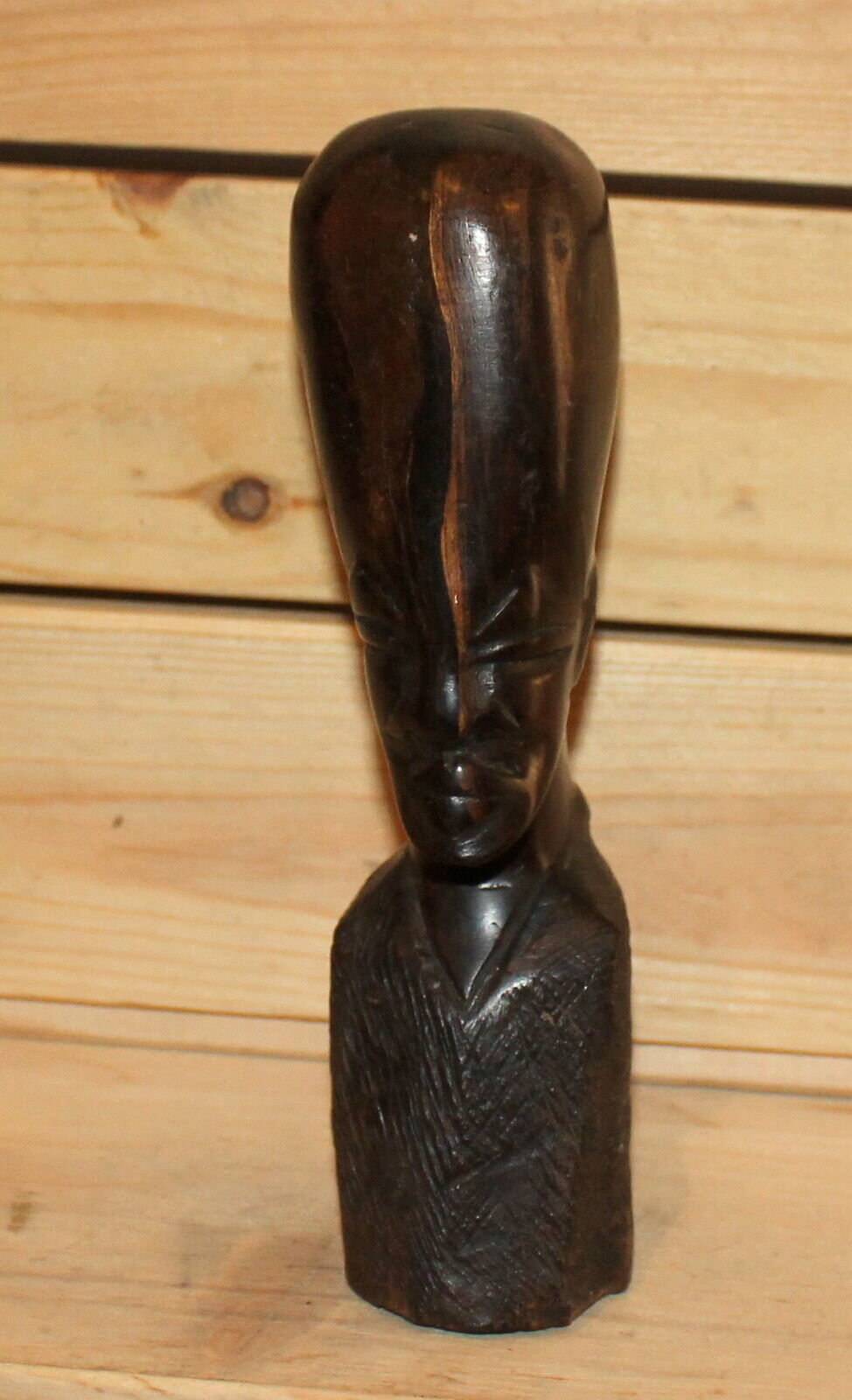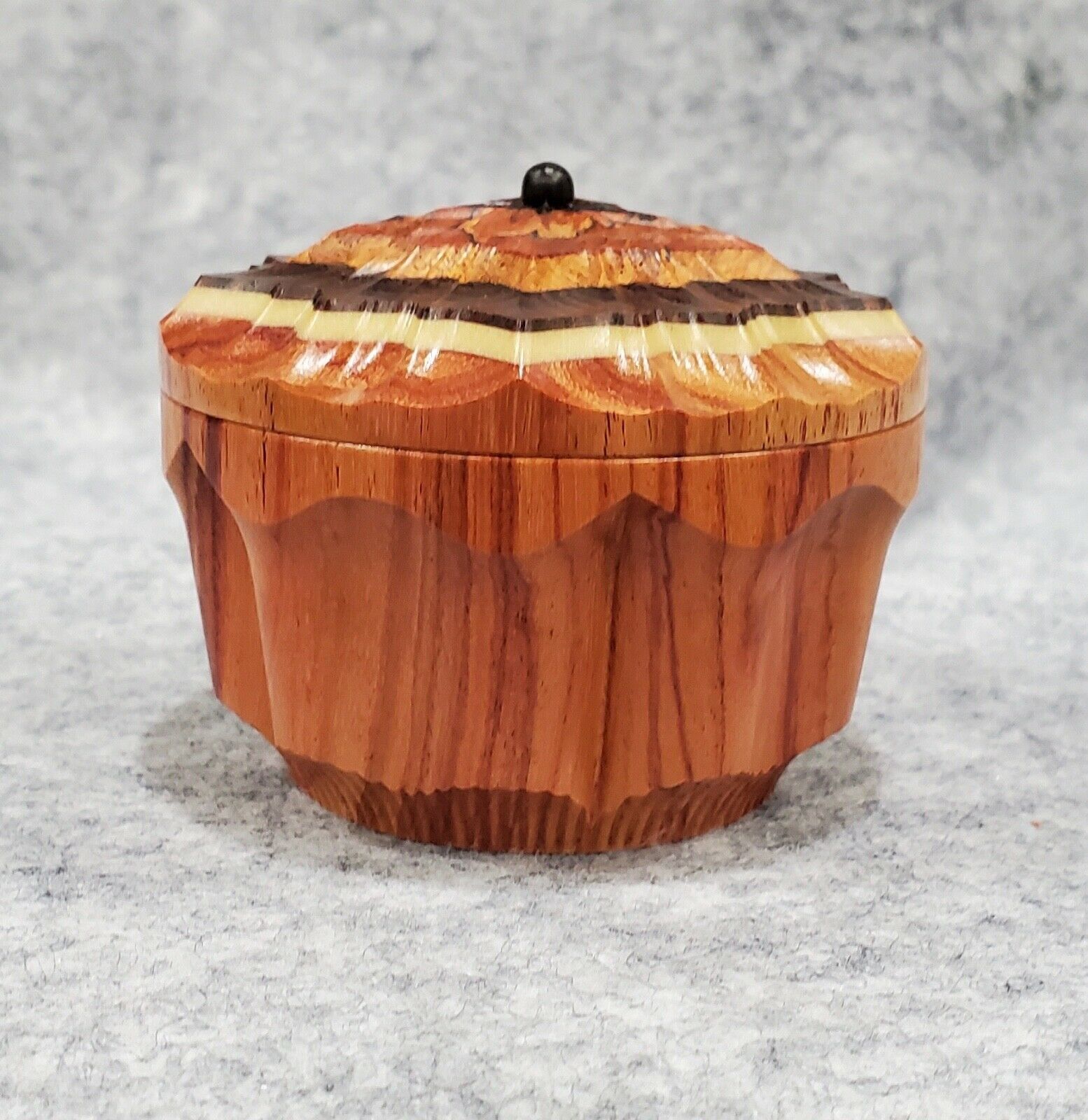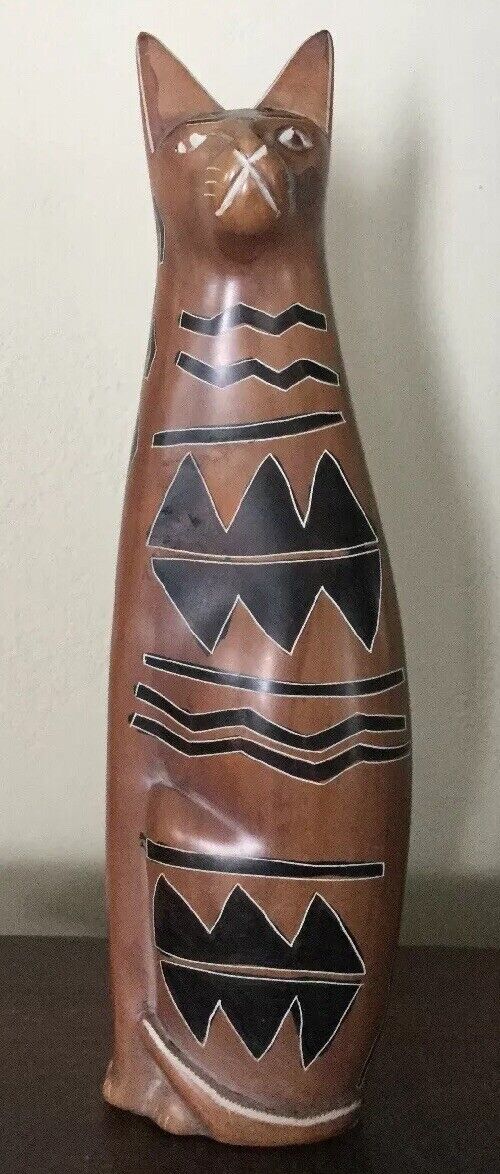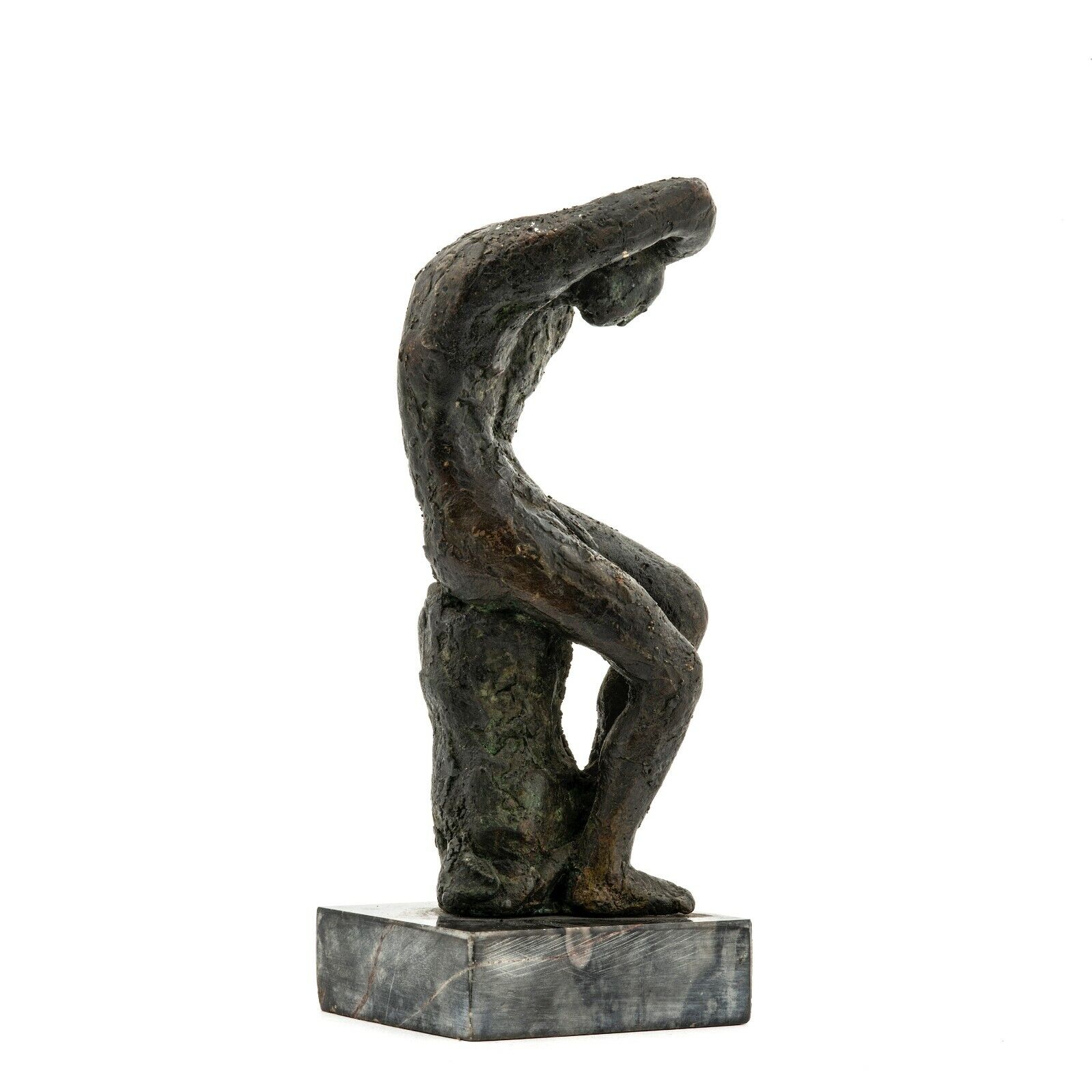-40%
1930's PA Museum Ext WPA Sculpture 18th C Grist Mill Bowman's Hill -New Hope yqz
$ 20
- Description
- Size Guide
Description
Welcome to YQZ, Inc!Your Quality Zone
Since 1998, we have specialized in bringing the world to you on multiple platforms. On eBay, as one of the Leading Sellers of Antiques, Collectibles and Quirky items. Throughout that time we have maintained a 'FIVE STAR Detailed Seller Rating', striving for 100% customer satisfaction, which has been reflected by our 100% positive feedback rating.
We are
'Your Quality Zone'
- search
'YQZ'
to see our other listings.
Note: YQZ® is a registered trademark of YQZ, Inc. and can only be used with the express written permission of YQZ, Inc., or by their associated entities.
See Other Listings
1930's PA Museum Ext WPA Sculpture 18th C Grist Mill Bowman's Hill -New Hope
Hard To Find A Works Progress Administration Sculpture
Up in this auction is a genuine 1930's WPA (Works Progress Administration) sculpture. GOOD LUCK!!
This is a representation of a mill with a wooden waterwheel labeled, "Grist Mill - Bowman's Penna. 18th Century" which is near New Hope, PA. The other side of the sculpture reads, "Museum Extension Proj. Phila. W.P.A." Bowman's Hill is now the site of a beautiful Wildflower Preserve with wonderful trails and natural habitat. The mill still stands today, but due to an effort to waterproof it by covering it in concrete some years ago, it has lost the wild field stone look this model has. What a great piece of the history of the location!
This measures approx. 14" by 7 1/2" by 12" and has some small chips to the corners, missing some edge roof tiles and small wood chips on the roof peak. But a great RARE find. GOOD LUCK!!
This is a plaster model that dates to the late 1930's when a program that was part of the government's Work's Progress Administration's
...keep scrolling there are 26 pictures and
more description beneath the photos below!
Click on any photo to see it in its original size in a separate tab.
or WPA program employed hundreds of thousands of artists and artisans to built and produce a diverse array of projects. This model stems from Pennsylvania Museum Extension project. These models are becoming quite difficult to find.
The following paragraph from a museum will explain the program which started in 1937:
The Pennsylvania Museum Extension Project
In 1935, “the first year of its existence the Work Projects Administration in Pennsylvania gained the distinction of originating the State-Wide Museum Extension type of project.” and it is obvious from the surviving literature and artifacts made in Pennsylvania that it was the model emulated by many of the other state programs. In fact, Pennsylvania’s prominence in producing visual aids was made quite evident by its proud and boastful offer to willingly share “blue prints and other plans” with any State MEP project that requested them. The PMEP fulfilled two distinct purposes during its existence. The first and most obvious propose was to “prepare… historical and educational objects and exhibits for use as visual aids in education.” The second aim of the Project was to help “museums in their normal work and to organize and operate children’s museums in schools.”
The objects were either distributed free of charge or sometime sold for a nominal fee to tax supported Pennsylvania schools, libraries, and museums. Teachers, librarians, and museum curators then used these “visual props” (often thought of as education-through-play) in the classroom as a way to bring alive the culturally diverse, global and rapidly modernizing world that the children of Pennsylvania and America were increasingly caught up it.
Mrs. Martha Colt was the Director of the State-Wide office of the PMEP from 1935-1943. The office was located in Harrisburg, the state capitol, at 46 North Cameron Street. Pennsylvania was divided into 16 Districts, and in 1939, there were seven production facilities, or work units, located throughout the state where the objects were manufactured: Pittsburgh, 2; South Langhorne, 9; Harrisburg, 22; Lancaster, 36; Norristown, 46; Willow Grove, 46W; and Philadelphia, 51.
The smallest work unit employed as few as 25 workers while the largest provided jobs for as many as 1,000 workers. Each item listed in the catalog was preceded with a number that indicated where the object was produced and where it was on display. For example, Indian Dioramas were prefaced with the number 51, showing that the actual object was produced in Philadelphia. It let the prospective buyer know that the Philadelphia work unit was the location where the object could be examined or viewed before actually purchasing it. Officials who were in charge of buying PMEP objects were encouraged to visit the work units to make their selections, and for those who could not travel, a well-illustrated descriptive printed catalog was also readily available. However, all orders for catalog objects, no matter how they were selected, had to be placed with the central office in Harrisburg. That office then forwarded the orders to the various work units where the items were packed and shipped to the purchasing institution.
District 15, the Pittsburgh office, was one of the most active in the state. It was sponsored by the Pittsburgh School Board and it occupied a five-story building at 3400 Forbes St., in the Oakland section of the city. In February of 1936 it:
“… employs 880 people, namely: sculptors, painters, architects, draftsmen, teachers, librarians, biologists, researchers, writers, designers, musicians, skilled tradesmen and hundreds of [other] workers. Its supervisory staff is 100% college trained. Forty-five degrees held and twenty-three colleges and universities represented. Five foreign university graduates working."
The purpose of this Project is to extend and increase free museum advantages and release free visual education materials to public schools, institutions and buildings open to the public. Owing to the scattered population of some regions of Pennsylvania, the public school children of these districts are without advantages offered in larger cities by free museums and exhibitions. Miniature museum models and materials sent to these rural school and institutions will offer to some extent, the visual education now lacking. This which [sic] could be added to from time to time. The museum sets, miniature groups, and visual aids will be carefully made, with attention to proportion and detail. Bibliography and other printed information will accompany each set.
The Project is divided into five departments:
Architecture and Research
Art and Photograph
Marionette and Music
Sculpturing and Casting
Model Making
In June of 1938, just three years after the WPA was created, the State of Pennsylvania employed 254,000 workers – approximately one tenth of the 2,767,000 employed throughout the 48 U.S. states and territories – and in any given year about 1,200 of them worked in the Pennsylvania Museum Extension Project. Indeed, by late 1939, the PMEP proclaimed to have produced approximately “one million articles primarily designed for visual education purposes in Pennsylvania’s tax-supported public schools, colleges and libraries.” The plays, handbooks, models, costume plates, maps, charts, and other objects were widely distributed throughout the state and were frequently copied or duplicated by other states.
Pennsylvania Museum Extension Project: The production phase of this project prepared charts, maps, posters, models, and small replicas of aircraft, ships, and machines for use as visual aids. In addition to its production activities the project also assisted publicly owned and operated museums in preserving, repairing, cataloging, and indexing exhibits and displays, provided guides and lecturers, preserved and reconstructed valuable museum collections, and prepared and arranged new models and exhibits.”
The Pennsylvania Museum Extension Project “divided its activities into two general divisions: the production of visual aid devices; and docent service to existing museums. In the production departments of the project were to be found wood-workers, artists, painters, metal-workers, general artisans, in fact, any skilled craftsman whose services could be effectively used to produce the many items of educational and historical interest which were prepared for classroom and exhibition purposes.”
“Closely allied to the education and recreation activities are the museum extension projects operating in Harrisburg, Pittsburgh, and Philadelphia. These projects are making complete sets of visual education material for distribution to public schools and institutions of the State. Included in this material are models of historical buildings, agricultural products, and costumes of the early settlers, which will be used in teaching history. There also are models of various industrial products and industrial activities, all of which can be tied in with the study of Pennsylvania geography and Pennsylvania industries. Educators everywhere have been eager to secure sets of these models. Already, request have been received from 104 school districts in Pennsylvania and 7 in New Jersey. There have been put to work on these projects experienced draftsmen, artists, handicraft workers, and the like who find in this work a new creative interest at the same time that they are contributing to the development of the next generation. These projects, producing aids to visual education, are the first of their kind in the entire country. However, through blue prints and other plans, the pioneer work of these projects can be made available to similar projects throughout the United States.”
“From its inception, the WPA in Pennsylvania operated a program for unemployed artists who produced actual works of art, as well as demonstrating techniques of art media to the general public. With the coming of the war this emphasis was changed completely. It is revised form the program made a valuable contribution by designing and producing posters, brochures, murals, and ceramic insignia plaques for the Army, Navy, Marine Corps and Civilian Defense agencies. Camouflage solutions were created and assistance given in general camouflage work. Visual aids have proved their value in the training of military forces as well as in technical and vocational schools. A unit of the WPA organized for the purpose of assisting and indexing exhibits and displays, changed its work during the emergency to that of producing charts and maps, and small replicas of aircraft, ships and machines. The military and naval forces, as well as the technical schools, found these replicas of inestimable value to instruction and seemed unable to get enough of them.”
“In Pennsylvania there was one State Office, located in Harrisburg. At the outset sixteen District Offices (see appendix below for desc. of the 16 Pa. Districts) were established. From 1938 on, that number was gradually reduced as follows: 16, 9, 7, 5, 4. The districts were approximately uniform in geographical area, in number of counties, and in the employable relief load. Exceptions were those districts comprising the cities of Philadelphia and Pittsburgh.”
“From July 1, 1935 to December 31, 1942 approximately 638,391 different persons were employed by the WPA at various times.”
“The total amount of money expended for projects in Pennsylvania from July 7, 1935 through November 30, 1942 was #1,131,782.48. Of that sum 5,643,013.77 represented Federal expenditures, while sponsors’ contributions totaled #171,139,536.71.”
As the United States was inexorably drawn into World War II, the work of the WPA and the Museum Extension Project gradually shifted to war-related duties. By the end of 1942, with the war in full swing, the WPA and its sub-agencies were discontinued. Legions of blue and white-collar WPA workers, who had honed their skills during the depression and the war, proudly survived the upheavals of the period. They went on to preside over the political and economic phenomenon that propelled the United States into the leading economic and military power of the last half of the twentieth century. The New Deal era was a unique period in American history. It endowed the nation with governmental traditions and social models that will be difficult for future generations to equal or surpass.
The eBay Calculator is not always right - if the shipping looks too high email us and we will give you an accurate quote prior to the auction ending.
Estimated shipping weight, (packaged) is 18 lbs 8 oz
in a 19 x 17 x 13 box
Facts about YQZ, Inc.
Headed by our founders Norb & Marie Novocin
We have been on eBay since 1998!
We have had over 250,000 sales on eBay.
YQZ, Inc. has over 44,000 unique positive feedback ratings
We maintain a five-star rating and have a 100% Positive feedback,
with over 20,000 repeat buyers!!
When you are in Your Quality Zone, you can bid with confidence!
Please note: We put up a very ecclectic collection of items and are not experts in every area, so descriptions are our best detective work as to what something is. While we research each item to the best of our ability, it is the buyer's responsibility to know what they are buying.
Check back everyday to see our latest offerings! We put
YQZ
in each of our titles so you can search our items easily.
Terms Of Service
Selling on eBay has been our primary focus since 1998. We uphold and instill the value of treating all of our customers as if they are family.
Our company motto is to "Be courteous, promptly answer e-mails, be fair in all our dealings, and try and make friends of each and every customer."
Unfortunately, in today's market with eBay's rating system and the never ending rate increases in the U.S. Postal & other carrier rates, we need to define and explain our methods of business.
ONE - Who We Deal With
We sell and ship worldwide to anywhere, so please email us for a quote to wherever you happen to be.
TWO - Tracking
We are required to put tracking on every package, even if it raises the cost of shipping it.
THREE - Shipping Charges
We charge shipping based on the USPS system. We will sometimes ship via courier if we can get it to you within the same time frame or faster. We add a reasonable cost for materials and handling. Our materials cost is based on exactly what it has cost us to wrap similar sized items in the past. We realize that almost everything we sell is valuable to you and there is nothing worse than having something break in its final journey to your hands. We do our best to pack properly and use the correct materials to protect your win. If we are able to get the item to you for less than our quote we will refund the difference to you!
For oversized items or items that will take special attention to package, (building a crate, wrapping many small items individually, etc.), we ask you to email us for a quote on shipping prior to the auction ending. If you do not, we charge the same amount as if you did.
FOUR - International Shipping
We charge shipping based on the USPS international system. The rates follow the same guidelines as number 3 above, though for international customers we add an additional .00 to cover the extra paperwork involved in international shipping. If an amount goes over 0 in value we will only ship it with Priority or Express Mail, regardless how small an item. That allows for us to have international tracking. We have to include tracking even on First Class Mail, so we can not just throw something in an envelope and stick a stamp on it.
FIVE - Insurance
eBay's policies no longer allows us to charge the client for insurance. However... we still apply insurance to any item that goes over .00 in value. We reserve the right to use the insurance carrier of our choice. Sometimes that is Postal or the Carrier's Insurance and sometimes that is a private insurance company such as DSI or U-PIC/Shipsurance. If we use a private insurance company the package will not be marked insured, though it will be covered.
SIX - Methods of Payment Accepted
We abide by eBay's rules and try and stay abreast of their changes. We accept Paypal. Paypal also accepts the major credit cards, or we also take Credit Cards Directly over the phone, (MC, VISA, DISCOVER, AMERICAN EXPRESS, CARTE BLANCHE, DINERS CLUB, JCB) Bottom line, whatever method is most convenient for you.
SEVEN - Time Frame To Pay
We ask all auctions to be paid for in the fastest possible time frame. (This is all we do for a living and we need the money to pay the bills and buy more unique and fun items to put up on eBay). If an item goes unpaid we report the transaction to eBay to recover our fees, this counts as a strike against the winning bidder unless they step forward and pay.
EIGHT - Shipping Time Frame
We make every effort to ship in a timely manner. We are listing tons of items, and are just plain swamped, so we have to schedule a special time to pack and ship. We ship on a first paid, first shipped basis. (We do not ship any item until it has been paid and the funds have cleared.) With the ebb and flow of payments we manage to get everything out of the door within one week. If there is a rush, we will make every effort to work with you in getting it out of the door faster. As you can see from our feedback, we do not disappoint. OF COURSE, items that need special attention, crating, etc adds to the time frame of those items.
NINE - Local Pickup
Sometimes it makes sense to come by and pickup your items. Sometimes an item is just too big for any other option. If you've arranged local pickup with us, you must pickup the item within 30 days otherwise it will be subject to storage fees and/or relisting. Storage fees for items begin one month after being won, and the fee consists of per item or 10% of the value, whichever is greater, each month it is stored. If the storage of the item exceeds 11 months or exceeds the overall purchase value, the item will be ours to resell in order to recover the storage fees.
TEN - Communication
Please feel free to contact us at anytime, with any question or comment. Unless we are out of town, we make an effort to answer all emails as quickly as possible.
Follow Us
Copyright 2019 - YQZ, Inc. - YQZ® - All Rights Reserved.












